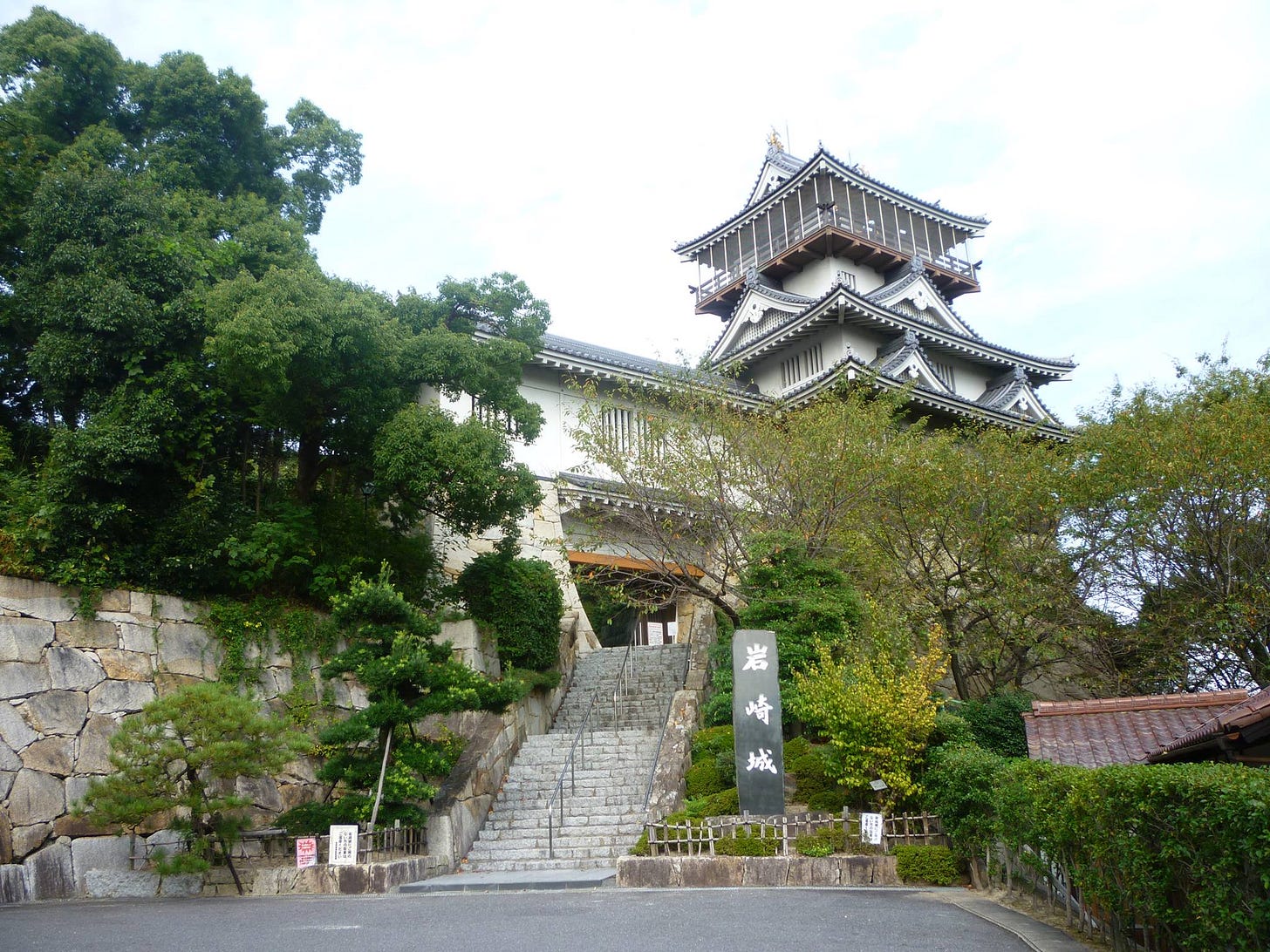Iwasaki Castle in Nisshin City on the outskirts of Nagoya City, Aichi Prefecture, was built by warlord Oda Nobuhide, father of Nobunaga, in the early 1500's to protect the eastern frontier of his domain. In 1529, the castle was captured by Matsudaira Kiyoyasu, grandfather of Tokugawa Ieyasu, and was later placed in the command of the Niwa clan, who held it until the castle was besieged in 1584, during one of the major battles of the samurai era, the Battle of Komaki Nagakute.
The first of the national unifiers, Lord Oda Nobunaga had been killed two years earlier. Now the fate of the country rested in the hands of the few fighting for Nobunaga’s legacy. The struggle to succeed him came down to his second son, Nobukatsu and Nobunaga’s most able general, Toyotomi Hideyoshi, who had so far usurped Nobunaga’s power and position. Seeking to reverse the situation Nobukatsu had sought the support of Nobunaga’s former ally, Tokugawa Ieyasu. The two armies, Toyotomi Hideyoshi’s 40,000 against the combined 18,500 Tokugawa / Oda troops faced off against each around Komaki in the north of modern day Nagoya City. With Oda Nobukatsu in tow, Tokugawa Ieyasu had once again fortified the ruins of the strategically ideal Komaki Castle, Oda Nobunaga’s former base of operations, overlooking the eastern Nobi plains. The two great forces spent weeks watching one other with very little action until a number of the Toyotomi units, realizing that Ieyasu’s stronghold, Okazaki Castle further behind the Tokugawa lines in Mikawa, was under guarded while he and his men were at Komaki, and decided to go around the Oda-Tokugawa forces and secretly attack the Tokugawa stronghold, Okazaki.
Lead by Ikeda Tsuneoki and his 6,000 men, a large contingent consisting of the 17-year-old son of Hideyoshi, Toyotomi Hidetsugu and 8,000 samurai, supported by another 6,000 under the command of Mori Nagayoshi and Hori Hidemasa set out for Mikawa and Okazaki Castle.
The plan was to make quick hit and run attacks on the smaller castles and fortresses along the way so as not to impede their advance to Okazaki, however, Ikeda was detained when attacking the castle at Iwasaki.
The master of Iwasaki, Niwa Ujitsugu and the bulk of the Niwa clan samurai were with Tokugawa Ieyasu at Komaki. In his stead, Niwa Ujitsugu’s younger brother, 16-year-old Niwa Ujishige was left in charge of defending the fortress. Ujishige watched as the Mikawa surprise attack unit led by Ikeda Tsuneoki and Toyotomi Hideyoshi's army passed in front of the castle. He said to his men, “Komakiyama (i.e. Ieyasu) won't know about this enemy maneuver yet. If we stop the enemy here and now, and die in battle, Obata Castle will surely hear of it, and the news will also reach Komaki. I owe you all my gratitude in advance.” In saying so, he ordered the 239 soldiers of the castle to fight to the death.
It seems a marksman from within the castle was then able to shoot at Ikeda Tsuneoki as he passed within firing distance of the castle, and although barely wounding him, it was enough to knock him off his horse. Angered at the insult, he ordered a full scale attack on the small fortress, wasting both valuable men and time in the process. Niwa Ujishige and the samurai of Iwasaki-jo Castle fought well, repelling the Ikeda army's attack forces three times. In a final sortie, Ujishige led a small unit out of the castle and against the troops of Mori Nagayoshi. The 16 years old was gunned down by Mori’s matchlock riflemen. All 239 samurai from within the castle were killed, but the delay provided enough time for the Tokugawa forces to catch up, and fight the Ikeda led forces, and preventing Okazaki from capture.
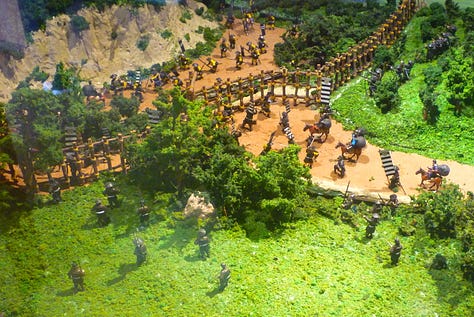
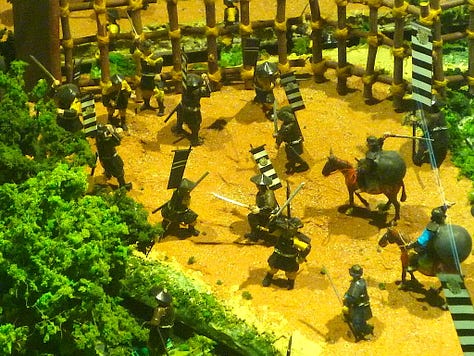
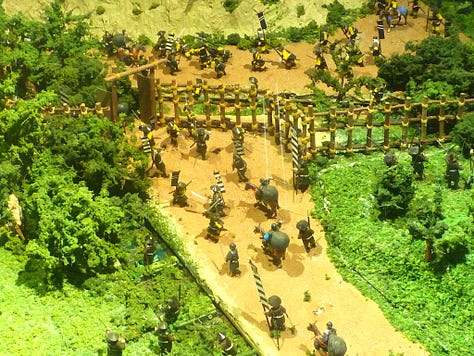
Tokugawa Ieyasu’s trusted general, Sakakibara Yasumasa learned of Ujishige's death in the battle, and sent a messenger to the boy’s elder brother, Ujitsugu saying, ``I have heard that Lord Ujishige and his men met a splendid finish, you must be very proud of his actions. They have done Lord Ieyasu a great service.” It is said that Ujitsugu responded to Yasumasa's messenger by thanking him for his kindness. This battle is said to have greatly contributed to the victory of the Oda and Tokugawa forces in the Battle of Komaki and Nagakute by stopping Hideyoshi's forces from entering Mikawa.
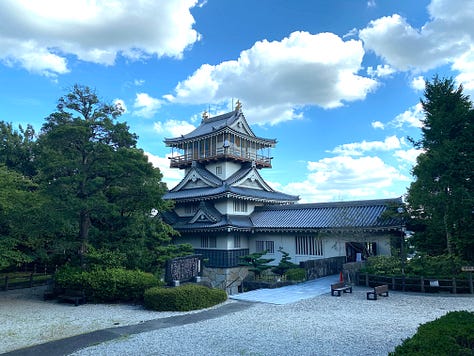
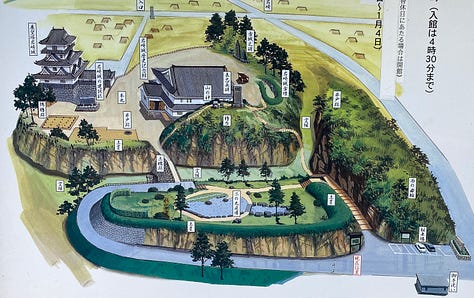
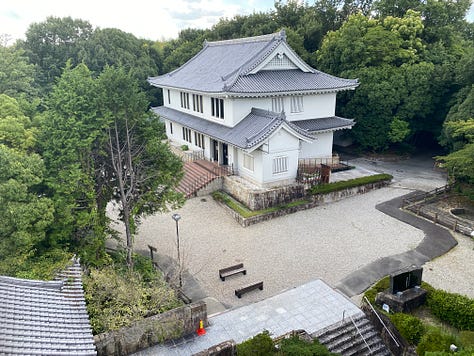
Iwasaki castle was abandoned and demolished following the Battle of Sekigahara in 1600, and rebuilt in concrete in 1987. Admittedly, the current keep is a historical abomination. The original Iwasaki Castle never had such a large and elegant keep, nor was it ever styled as such. The original castle was a much simpler, smaller, plainer affair. The attractions today include Iwasaki Castle’s remaining kuruwa, baileys and the deep, wide dry moats, trenches dug between these compounds, all carved out of the hill on which the small castle once resided. Features such as kirigishi, outer slopes with the angles enhanced by cutting them back, preventing attackers from scaling the walls can still be seen,
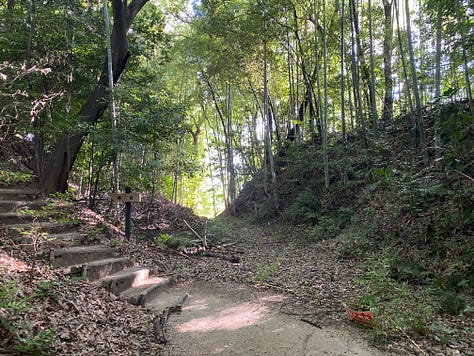
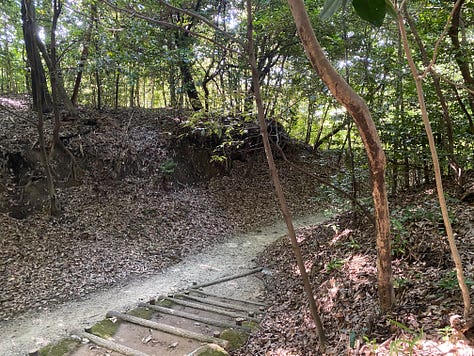
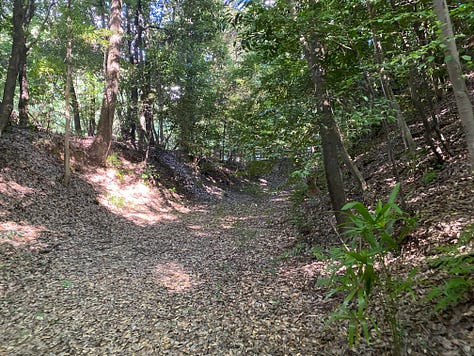
along with the umadashi, a now rare feature. Umadashi served as a first line of defense, protecting the main gates. They were an effective defensive barrier and compound complex, rather like a barbican gate system, allowing attack parties to sally forth and safely return, without letting the enemy in.
Although it was but a small castle, the actions of the Niwa clan, in particular the 16-year-old Niwa Ujishige, played a major role in history. Had they not been able to prevent the Ikeda led Toyotomi troops from reaching and probably overthrowing Okazaki Castle, which in turn would most probably have resulted in the destruction of the Tokugawa, Japan would be a very different place from what we see today.




